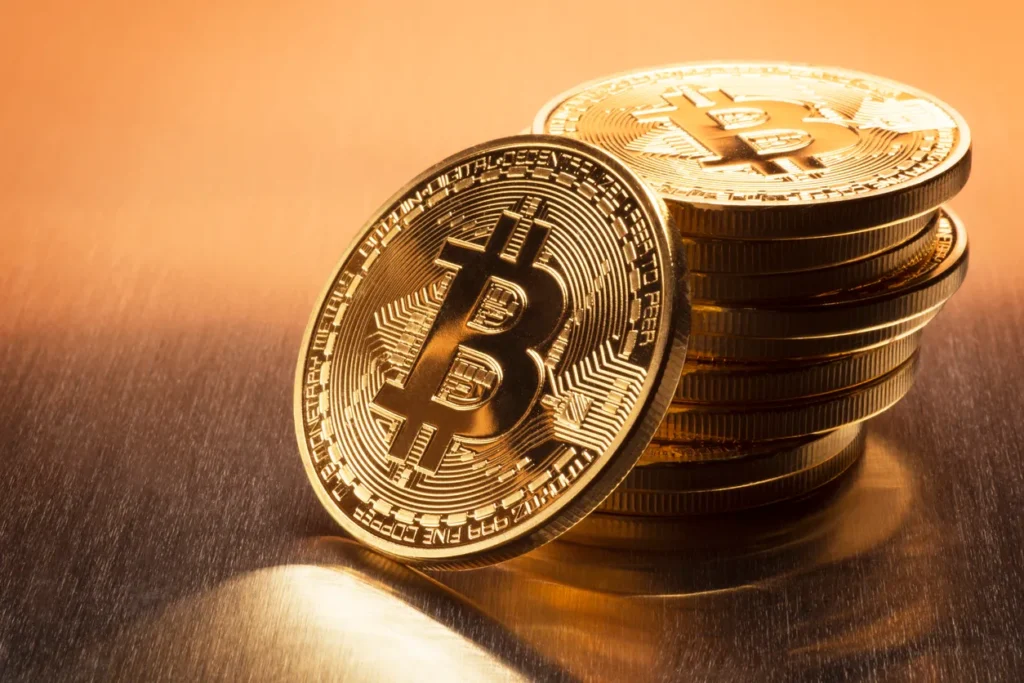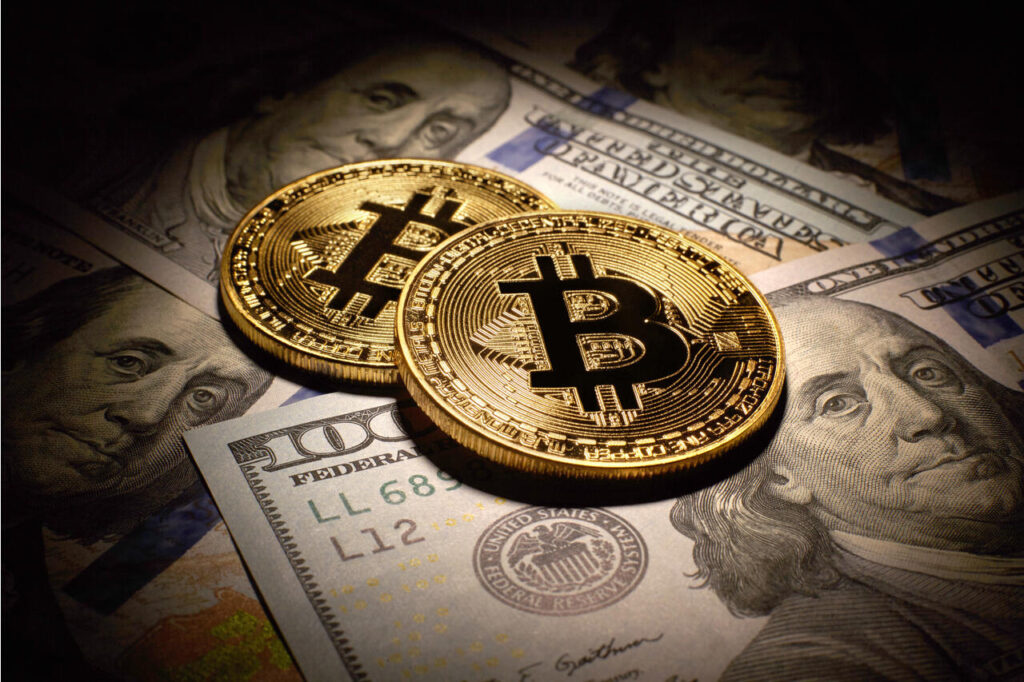Bitcoin has grown from a speculative investment to a mainstream financial instrument with institutional backing. Binance, the largest cryptocurrency exchange by volume, drives this change. Binance CEO Changpeng Zhao (CZ) recently noted the importance of Bitcoin adoption Bitcoin Hits 100K Adoption by institutional investors. Understand why this shift is changing the cryptocurrency landscape to understand Bitcoin’s growing influence in global finance.
Institutions Boost Bitcoin’s Legitimacy
Bitcoin grew mostly through grassroots adoption by early investors, techies, and libertarians. Recent institutional investments have driven Bitcoin’s next phase. Today, large financial institutions, hedge funds, family offices, public companies, and banks are investing in Bitcoin. This renewed interest stabilizes Bitcoin’s price and bolsters its legitimacy as an asset class.
Institutional investors bring long-term vision and technical expertise to Bitcoin’s development, in addition to capital. Institutional investors stabilize the market by taking a longer-term view than retail investors. These larger entities have legitimized Bitcoin and increased its mainstream adoption potential. Bitcoin is transitioning from a speculative asset to a legitimate financial product at this crucial point.
Bitcoin as a Hedge Against Inflation
Institutional investors like bitcoin because it can hedge inflation and fiat currency devaluation. After the 2008 financial crisis and COVID-19 pandemic, central banks worldwide adopted aggressive monetary policies. Investors are seeking assets that store value better than fiat currencies due to inflation fears caused by these policies.

Bitcoin has 21 million coins, while fiat currencies can be printed forever. Bitcoin’s scarcity attracts inflation-hedging institutions. One of the first major companies to invest in Bitcoin as a treasury reserve was MicroStrategy. Over $400 million was invested in Bitcoin to hedge dollar devaluation. Tesla invested $1.5 billion in Bitcoin, demonstrating its value as a store of value. These moves legitimize Bitcoin for institutional investors.
Bitcoin Products Drive Institutional Adoption
The development of Bitcoin’s Institutional Investors -related financial products has grown with institutional interest in Bitcoin. Bitcoin futures, ETFs, and other derivatives give institutions exposure to Bitcoin without requiring them to buy and store it. Such products simplify Bitcoin integration into institutional portfolios and risk management.
The approval of Bitcoin futures ETFs in the US has boosted institutional adoption. These products help institutional investors enter Bitcoin by providing a familiar interface. Bitcoin futures let investors speculate on Bitcoin prices without buying, holding, or securing Bitcoin. These financial products make Bitcoin more accessible to institutional investors, legitimizing it as an asset class.
Role of Custody Solutions in Institutional Adoption
Secure custody issues have hindered Bitcoin institutional investment. Large financial institutions and corporations need safe Bitcoin storage. Fidelity Digital Assets and Coinbase Custody have filled this gap with institutional-grade custody services over time. These services offer secure storage, insurance, and regulatory compliance, allowing institutional investors to hold large amounts.
Bitcoin without risk of hacks or other security breaches.Custody solutions give institutional investors the confidence to enter the Bitcoin market. Investment funds, family offices, and insurance companies can now use Bitcoin due to secure storage options. Bitcoin’s place in the financial system is solidified as more institutions adopt it and build infrastructure to support them.
Corporate Treasuries and Bitcoin Integration
The adoption of Bitcoin is also being significantly influenced by corporate treasuries, hedge funds, and investment firms. Businesses that have made significant investments in Bitcoin and integrated it into their treasury management strategies include MicroStrategy, Tesla, and Square. These businesses now see Bitcoin as a legitimate asset to hold as part of their overall financial strategy rather than just purchasing it as an investment.

For instance, MicroStrategy decided to invest a sizeable amount of its reserves in Bitcoin because it thought the cryptocurrency would act as a store of value when inflationary pressures increased. This trend is establishing a standard that other businesses can follow. More businesses will probably try to include Bitcoin in their own treasuries as part of a diversified financial strategy as the digital currency becomes more widely accepted in the business sector.
Future of Institutional Bitcoin Adoption
Market maturity and sophistication are increasing as institutional investors embrace Bitcoin. These investors boost Bitcoin’s capital, regulatory scrutiny, infrastructure development, and product innovation. This will boost Bitcoin adoption among institutional and retail investors, who are more likely to view it as a legitimate investment.
Bitcoin is reaching a major milestone as it enters the financial system. Bitcoin is expected to gain legitimacy and popularity as more financial institutions, corporations, and regulatory bodies participate. Institutional support, regulatory clarity, and new financial products that make Bitcoin more accessible to more investors will determine Bitcoin adoption.
Summary
Binance CEO Binance CEO Explains Bitcoin’s Changpeng Zhao’s remarks about the role of institutional investors in Bitcoin adoption highlight the crucial shift occurring within the cryptocurrency market. Institutions are no longer just passive observers but active participants in Bitcoin’s growth, bringing capital and the technical expertise necessary for its.
Continued development. As more financial institutions, corporations, and regulatory bodies become involved, Bitcoin’s mainstream acceptance as a legitimate asset class becomes increasingly assured. The next chapter in Bitcoin’s journey will likely be defined by institutional involvement, setting the stage for the continued evolution of digital assets in the global economy.


